Bad bank debt differentiation
ACB 's financial report shows that the bank's bad debt balance (from group 3 to group 5) was at VND7,964 billion by the end of June 2025, down 7.9% compared to the end of the previous year, resulting in a bad debt ratio reduction to 1.26%. Of which, group 5 debt decreased by more than 12.6% compared to the end of the previous year, from VND6,748 billion to VND5,894 billion.
At VietABank, as of June 30th, the outstanding loan balance for groups 3 to 5 was VND 972 billion, a decrease of 11% compared to the beginning of the year. All three loan groups decreased compared to the beginning of the year, with group 3 loans (substandard loans) experiencing the sharpest decline (67%), from nearly VND 14 billion to just over VND 4 billion.
As of the end of June 2025, the amount of non-performing loans at PGBank increased by 42.4%, reaching VND 1,511 billion. Non-performing loans increased across all three loan categories, with the largest increase in category 3 loans, rising from VND 182 billion at the end of 2024 to nearly VND 353 billion at the end of Q2 2025. Consequently, the non-performing loan ratio increased from 2.57% to 3.33%.
As of June 30, LPBank 's total assets increased by 1% over the same period, reaching VND513,613 billion; customer loans increased by 11.2%, significantly higher than the overall growth rate of the entire industry (9.9%); customer deposits reached VND313,174 billion, up 10.6% from the beginning of the year until now. In terms of asset quality, the Bank's bad debt balance increased by 23.3%, to VND6,480 billion, causing the bad debt ratio to increase from 1.58% to 1.76%.
At Nam A Bank, total assets at the end of June 2025 reached nearly VND 315,000 billion, an increase of more than 30% compared to the beginning of the year. Meanwhile, outstanding credit balance reached nearly VND 193,000 billion, an increase of 14.7% compared to the beginning of the year; mobilization from economic organizations and residents reached nearly VND 211,000 billion, a sharp increase of more than 22% compared to the beginning of the year. The Bank's asset quality is gradually improving, as group 2 debt (before CIC) has decreased significantly from 1.47% at the beginning of 2025 to 0.62%, the bad debt ratio (from group 3 to group 5) is at 2.63%.
Vietcombank also said that in the first half of this year, the Bank's total assets are estimated to reach over VND 2.1 million billion, up 1.8% compared to the end of 2024; total outstanding credit to the economy after supporting VCBNeo is estimated to increase by more than 5.0% compared to the end of 2024, the credit structure continues to shift towards quality, efficiency and sustainability. The bad debt ratio is controlled at below 1%, the lowest among large-scale credit institutions.
Will it decrease by the end of the year?
Analysts believe that it is not difficult to achieve the 16% credit target set by the banking industry for this year, so the industry's profits will also be positively impacted. When Resolution 42/2017/QH14 is legalized, bad debts of banks will be processed and recovered quickly, etc., banks will have the opportunity to reduce risk provisions, narrow the profit gap, even though the net interest margin (NIM) faces a contraction.
As of January 2025, the industry's on-balance sheet bad debt ratio was 4.3%, concentrated in a number of weak banks and those under special control. This information was mentioned by the State Bank in the report summarizing the implementation of Resolution 42/2017/QH14 and a number of provisions in the Law on Credit Institutions. Statistics show that the total bad debt of 27 listed banks has exceeded VND 265,000 billion, an increase of 18.5% over the same period.
The legalization of Resolution 42/2017/QH14 is expected to help reduce the bad debt ratio in the banking system by the end of 2025. This can be achieved by creating a clearer and more transparent legal corridor, making it easier for banks to handle collateral, recover debts and reduce processing costs.
Dr. Do Thien Anh Tuan (Fulbright University) said that the successes of Resolution 42/2017/QH14 need to be legalized to ensure the bank's legal right to seize assets and the borrower's property rights are also protected. During the processing, notification to borrowers needs to be done transparently in writing, within a reasonable time limit.
But according to Dr. Tuan, another key point is that the asset valuation must reflect the true market value, avoiding the situation where credit institutions unilaterally sell at low prices, causing losses to borrowers. To ensure objectivity, there should be third-party supervision or an independent valuation mechanism throughout this entire process.
Source: https://baodautu.vn/ky-vong-no-xau-cai-thien-dan-ve-cuoi-nam-d343793.html






![[Photo] Urgently help people soon have a place to live and stabilize their lives](/_next/image?url=https%3A%2F%2Fvphoto.vietnam.vn%2Fthumb%2F1200x675%2Fvietnam%2Fresource%2FIMAGE%2F2025%2F12%2F09%2F1765248230297_c-jpg.webp&w=3840&q=75)

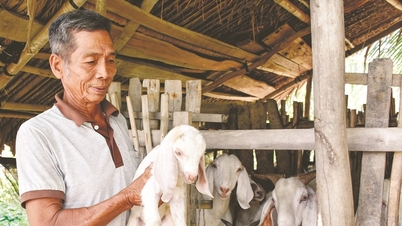

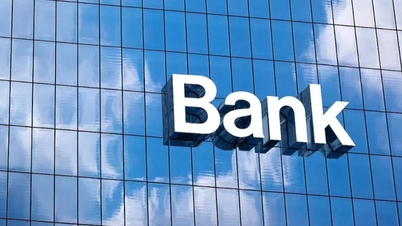

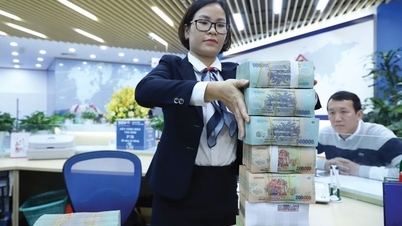



















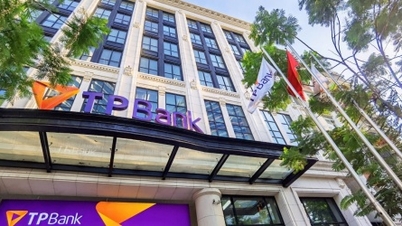



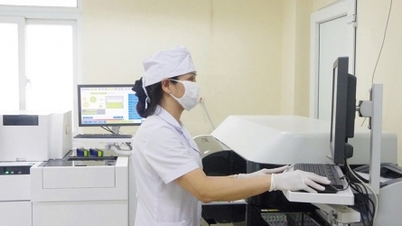










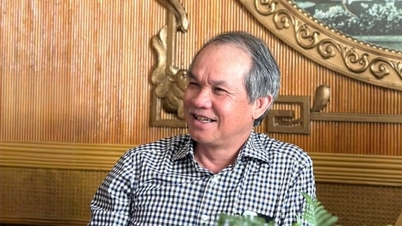


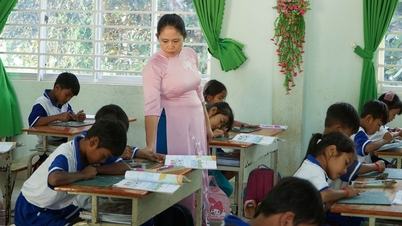

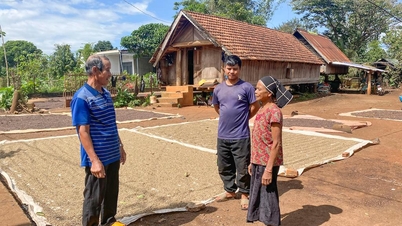













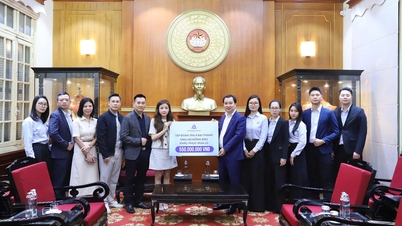








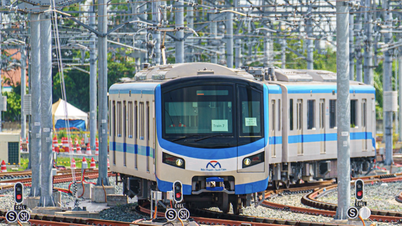

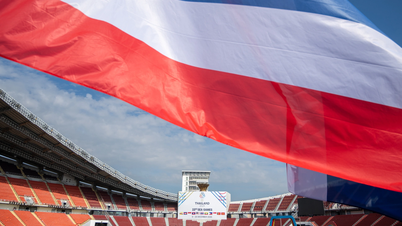


![[Photo] General Secretary To Lam works with the Standing Committees of the 14th Party Congress Subcommittees](https://vphoto.vietnam.vn/thumb/402x226/vietnam/resource/IMAGE/2025/12/09/1765265023554_image.jpeg)















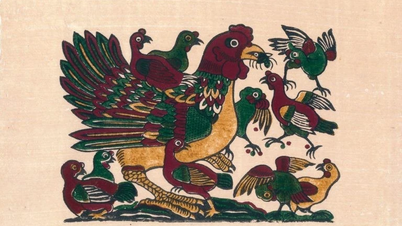



















Comment (0)